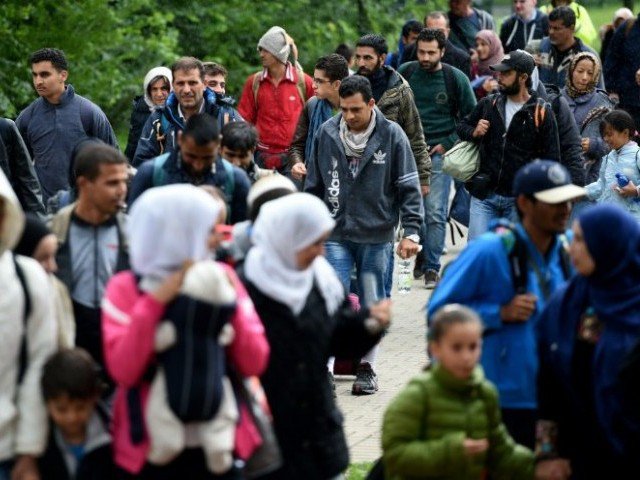
Following is a factfile on seven decades of migratory waves:
In the final months of World War II, ethnic Germans living in the eastern flank of the Reich fled the advancing Soviet army. Families braving the harsh winter of 1944-45 trekked by foot to Germany.
Following Nazi Germany's defeat in May 1945, the Potsdam Conference required the repatriation of Germans living in territories reinstated to Poland, the former Czechoslovakia, Hungary, the Soviet Union and Romania.
Read: Migrant crisis: EU unveils ‘bold’ plan to take 160,000 refugees
The "expulsion" affected between 10 and 12 million Germans, and anywhere between 400,000 to two million died on the way.
The refugees returned to a war-shattered country and were housed in camps and emergency shelters. Families were also forced to host the newcomers. In some regions, the "expelled" Germans made up a third of the population.
West Germany's rapid post-war economic growth prompted Bonn to sign deals with countries including Turkey, Italy, Greece and Portugal to recruit workers.
Mostly young and poorly educated men came in their thousands to work in auto plants, factories and mines.
By 1973, when an economic crisis erupted, these so-called guest workers numbered 2.6 million.
Many brought their families and had no plans to leave West Germany, which had regarded them as temporary hired hands.
Today, their children and grandchildren are firmly integrated into society, but Germany's indifferent attitude to them in those early days has left a sour taste.
Determined not to repeat past mistakes, Chancellor Angela Merkel this week said: "We should draw on the lessons of the 60s and make it an absolute priority to integrate" the new arrivals.
In the months after the Berlin Wall fell in November 1989, 750,000 East Germans flooded into the more prosperous West.
The migration later slowed, but in total 1.1 million people left the former communist east between 1991 and 2012.
In the 1980s, Bonn had already begun to welcome citizens of German origin from the Soviet bloc, including Russia and Kazakhstan but also Romania, of whom relatively few spoke standard German.
Read: In ageing Germany, refugees seen as tomorrow's skilled workers
Reunification and the collapse of the Soviet Union accelerated the movement, and by 1989, some three million people were "repatriated" to Germany.
Germany became the top destination for those fleeing the Yugoslavia war. In 1992 alone, 400,000 people sought asylum in Germany.
Even though peace has returned to the Balkans, the influx has continued, with the region accounting for some 40 percent of recent arrivals.
Berlin is now looking actively to stem this flow to devote resources to those fleeing ongoing conflicts, including in Syria.
1731570357-0/elon-musk-(1)1731570357-0-405x300.webp)
-(1)1717678110-0/Kendrick-(1)-(1)1717678110-0-165x106.webp)





1732445375-0/Untitled-design-(9)1732445375-0-270x192.webp)


1732428810-0/Copy-of-Untitled-(3)1732428810-0-270x192.webp)






COMMENTS
Comments are moderated and generally will be posted if they are on-topic and not abusive.
For more information, please see our Comments FAQ